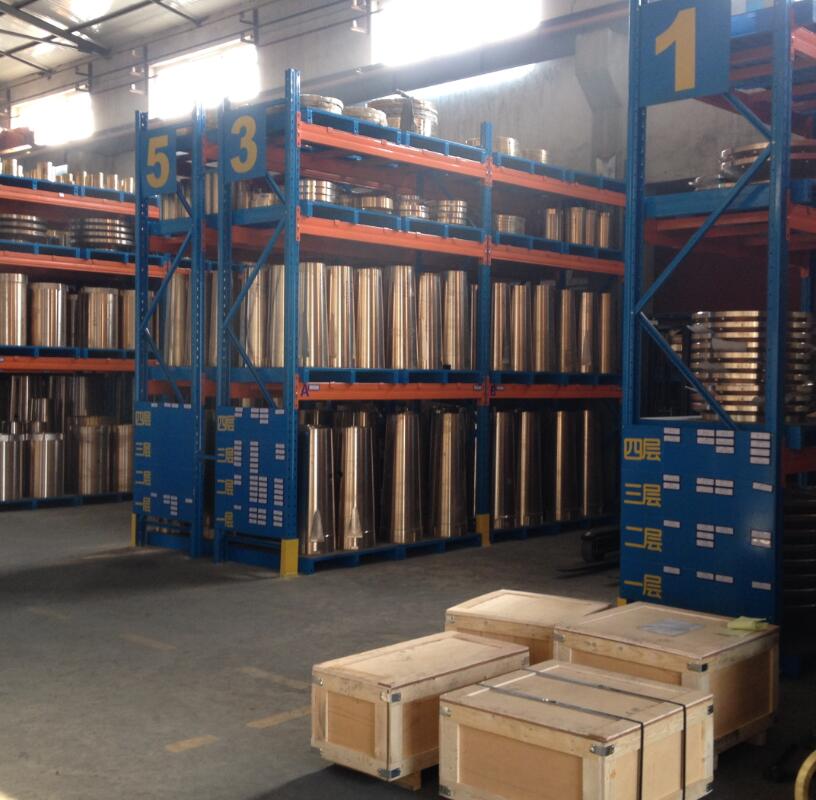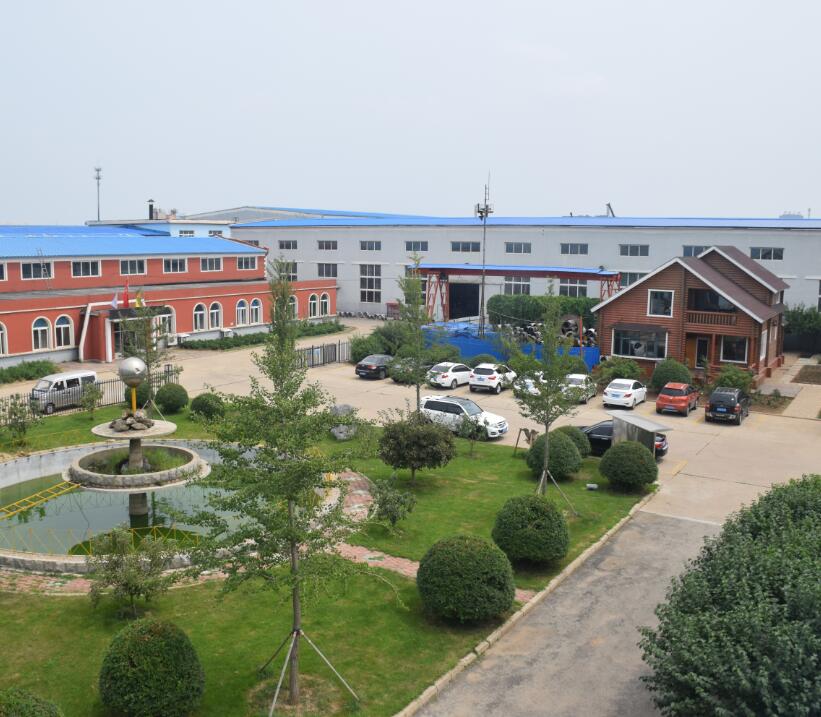Battery balance, basically touched the core area of ​​the BMS, first need to understand a few issues. 1. Battery balance is limited, and the effect needs to be evaluated with certain parameters. 2. The battery is balanced in the HEV and EV, and there is a big difference. 3. The effect of battery balancing must be gamed and compromised with cost and additional energy consumption. And in fact, it is necessary to find out why we should balance, from several papers, we can get some clear explanation: SAE_Battery Charge Equalization?State of the Art and Future Trends SAE_A Review of CellEqualization Methods for Lithium Ion and Lithium Polymer Battery Systems These two articles are more comprehensive on this aspect. The Chinese article has a comprehensive article on "Power Battery Group Characteristic Analysis and Balance Management", but it may be too abstract. Reasons for balance: Both EV and HEV require a large instantaneous current during the charging and discharging phases, and are represented by a regenerative braking current during charging. For a lithium battery, such a large charging current may be that a partially full battery directly exceeds the damaged voltage range. The discharge phase requires high instantaneous energy when the motor is started and the car is accelerating. A large discharge current may cause some batteries to be in a state of deep discharge, one affecting the output current and the other being the battery itself. Schematic picture of 2010 Honda Insight-II For the above current calculation, it has a lot to do with the whole vehicle. I believe that after finding sufficient data and calculation formulas, you can use the Energy Storage System (Power Train Sytem) and the final body. The parameters of the environment establish some formulas for calculation and evaluation. Some preliminary reviews can be made when comparing some current "electric vehicles". The difference in battery cells is mainly manifested in internal resistance and the capacity varies with time and temperature. High internal resistance and low capacity batteries will have a larger voltage swing when the discharge current is large. A battery that differs greatly from a standard battery is more susceptible to damage, so to some extent, a balanced algorithm is needed to get the entire battery pack out of the short board effect. Equilibrium method classification: charge equalization, discharge equalization and dynamic equalization. 1. Charging equalization In the middle of the charging process, the capacity of some batteries is very high. When the cell voltage has exceeded the set limit (generally smaller than the cutoff voltage), the BMS control equalization circuit starts to work and controls these capacities. The battery is less charged, not charged or even transferred energy, in order to achieve the purpose of continuing to charge the battery with a small capacity of the entire battery pack and the capacity of the battery is not damaged. The function of charge equalization is to prevent the battery in the battery pack from being overcharged, and some structures may have some negative effects during discharge use. Since the charge equalization only ensures that the battery is being charged, the battery with the smallest capacity is not charged, and the energy it can release during the discharge is also minimal, so the possibility of overdischarging these batteries is great. If the BMS is not well controlled, these small capacity batteries are already under deep discharge conditions, and the battery pack as a whole still contains higher energy (expressed in the battery pack voltage). Often charge balancing needs to be used with discharge equalization. 2. Discharge Equilibrium In the battery pack output power, the battery with low capacity is limited by the supplementary electric energy, so that the cell voltage is not lower than the preset value (generally higher than the discharge end voltage). To add: the default value is difficult to design, and has a lot to do with different battery types. Two important parameters, the charge cutoff voltage and the discharge termination voltage, are both related to the battery temperature and the charge and discharge current. 3. Dynamic equalization: work and battery charge state, discharge state state, or floating state (idle), the energy conversion method can be used to achieve the balance of the cell voltage in the group, and maintain the similar charge level in real time. In fact, the conversion of the idle state may cause additional energy consumption, so it needs to be carefully evaluated. It is not possible to transfer the battery's own energy and turn it into heat. This is the most taboo perfectionism of engineers. To make a metaphor, cut sugar cane, in order to maintain the uniformity of each segment, continue to cut long, and finally cut all the sugar cane.
Our company is located in Shenyang, which is the national heavy industry base of China and the political, economic and cultural center in the Northeast of China. Our factory covers an area of 28000 square meters, among which our foundry workshop covers 5200 square meters and our machine processing workshop covers 4600 square meters. In 2002, we got the certificate of ISO9001. We are a manufacturer specialized in all kinds of copper bushings, crusher parts, big centrifugal bushes, worm wheels, nuts and so on. With a wide range, good quality, reasonable prices and stylish designs, our products are extensively used in Mining and Quarry (Crushers and ball mills), Hydroelectricity (Hydro Equipment), Cement Equipment (Rotary Kilns and Lime Kilns), Forged and Steel Rolling (Nuts, Screws and bushings), and other industries. We always supply bushings and other parts of cone crushers and imported crushers (Metso, Sandvik, Nordberg, Svedala, etc.)
for Metallurgical Mines, Non-ferrous Mines and Ore Mines. We also supply copper bearing bushes, Labyrinth Sealing Rings and copper upper-retaining rings for GE Hydro, Andritz Hydro, Alstom Hydro, Vioth Hydro and Rainpower Hydro. Our products are widely recognized and trusted by users and can meet continuously changing economic and social needs. We welcome new and old customers from all walks of life to contact us for future business relationships and mutual success!
Cone Crusher Parts,High Lead Bushing,Bronze Spare Parts,Casting Bushing Shenyang YYD Casting Co,. Ltd. , http://www.yydcasting.com


January 13, 2019